When it comes to solar panel placement, the most common answer is “facing south.†But the truth is, deciding the right direction isn’t always simple. There are many factors that influence how and where you install your panels. The direction of your solar panels plays a key role in how much energy they can generate. If you're located in the northern hemisphere, placing them facing south usually provides the best results. This orientation ensures maximum exposure to sunlight throughout the day. Keep reading to learn more about the best directions for your solar panels and what other factors you should consider before installation. Contents The first step in going solar is determining if your roof is a good candidate for solar panel installation. Here are some key factors to consider: A south-facing roof is generally the best option for solar panels because it receives the most sunlight during the day. However, east or west-facing roofs can still be viable, depending on the rest of your setup and local conditions. If your roof faces north, it might not be ideal for solar power, as it will receive less direct sunlight. Many solar companies recommend avoiding this orientation unless there are no other options. Even if your roof is in the shade part of the day, solar panels can still generate electricity. However, the amount of energy produced will be lower. Trees, nearby buildings, and utility lines can all contribute to shading issues. If your roof has significant shading, you may want to explore alternative solutions. It’s always a good idea to consult with a professional installer to assess your specific situation. The angle of your roof affects how efficiently solar panels can capture sunlight. Most roofs have a pitch between 30 and 40 degrees, which is ideal for solar panel installations. If your roof is flatter, you may need to adjust the angle of the panels using mounting systems to ensure optimal performance. The goal is to position the panels so that sunlight hits them directly for maximum energy production. Before installing solar panels, make sure your roof is in good shape. Any damage or leaks must be fixed first, as solar panels are heavy and require a stable foundation. It's also important to check the age of your roof. If it's nearing the end of its lifespan, it may be better to replace it before installing solar panels to avoid future repairs. Certain types of roofs, like glass or thatched roofs, may not be suitable for solar panel installations due to structural limitations or fire risks. Always check with an expert to see if your roof material is compatible with solar panels. The size of your roof determines how many solar panels you can install. A minimum of four panels is typically recommended, but larger roofs allow for more panels and greater energy output. Make sure there is enough clear space for installation, as skylights, vents, and other features can interfere with panel placement. In most cases, you don't need planning permission to install solar panels on a residential roof. However, exceptions apply if you live in a listed building, a conservation area, or have a flat roof. To understand the best direction for your solar panels, it helps to know how the sun moves across the sky. In the northern hemisphere, the sun is primarily in the southern part of the sky, making south-facing panels the most efficient. Placing panels slightly off-center—like facing southeast or southwest—can reduce their efficiency. That said, east-west placements are still viable, especially if you live in an area with high energy costs during certain times of the day. There are three main options when considering east-west installations: Each of these options has trade-offs. For example, east-facing panels catch morning sun, while west-facing panels get more afternoon light. Splitting the array allows for more balanced energy generation throughout the day. However, these configurations often require additional equipment, like microinverters, to manage shading and improve performance. While this increases cost, it can lead to better overall efficiency. West-facing solar panels can be a smart choice if your utility company uses a time-of-use pricing model. These panels capture more sunlight in the late afternoon, when electricity rates are often higher. On the other hand, if you’re on a standard rate plan, south-facing panels are usually the most cost-effective option. They provide consistent energy production throughout the day, helping you save money over time. After considering all the factors, it's safe to say that south-facing solar panels are the best option for most homes in the northern hemisphere. Here’s why: Solar Panels Network recently worked with a homeowner in Cambridgeshire who wanted to reduce energy costs and contribute to environmental sustainability. Their roof had an east-west orientation, which isn't ideal for solar energy production, but we found a way to optimise the system for maximum efficiency. The goal was to design and install a solar panel system that could generate as much energy as possible despite the suboptimal roof orientation. We conducted a detailed site assessment to determine the best configuration for the property. This case study shows that even without a south-facing roof, homeowners can achieve great results with proper planning and technology. By using advanced equipment and strategic design, we helped the client maximise their solar investment and enjoy long-term savings. South-facing panels are the best choice for most UK homes because they capture the most sunlight throughout the day. This orientation leads to the highest energy yield and the best return on investment. Senior Solar Engineer While south is ideal, east or west-facing panels can still be effective. With the right tools and planning, such as microinverters, we can optimise performance and help clients achieve their energy goals. Solar Installation Specialist Every property is unique. Factors like roof pitch, shading, and available space can affect solar performance. A customised approach ensures that even less-than-ideal orientations can deliver strong results. Renewable Energy Consultant Are you looking to switch to renewable energy? Look no further than Solar Panels Network, the trusted partner in solar energy solutions across the UK. We offer expert guidance, high-quality installations, and tailored advice to help you make the most of your solar investment. By choosing us, you’re not only saving money on your energy bills but also contributing to a cleaner, greener future. Contact us today and take the first step towards a sustainable energy solution. Solar panels facing south are the most efficient, especially in the northern hemisphere, because they receive the most direct sunlight. This makes them the preferred choice for most homeowners. However, if a south-facing roof isn’t an option, there are still ways to maximise your solar energy production. Adding more panels or using optimisation technologies can help you achieve your energy goals. Going solar is a smart decision that offers long-term savings and environmental benefits. Don’t hesitate—start your journey towards clean, affordable energy today. Solar Panels Network is a leading provider of solar energy solutions in the UK. Our team consists of experienced engineers, consultants, and installers dedicated to delivering high-quality, reliable solar systems. We believe in empowering our customers with knowledge and support, ensuring they make informed decisions about their energy future. Ductile Iron Pipe,Ductile Iron Pipe Fitting Pn16,Ductile Iron Pipe Boss Shandong Great Steel Co.,Ltd , https://www.great-steel.com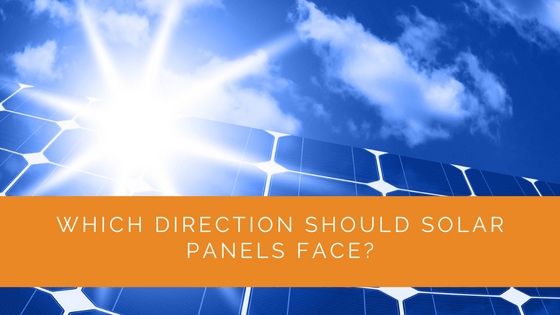
Key Takeaways
Is Your Roof Suitable for Solar Panels?
Roof Orientation
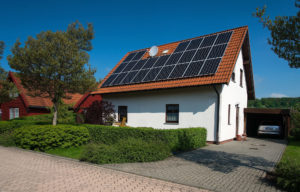
Roof Shade
Roof Pitch
Roof Condition
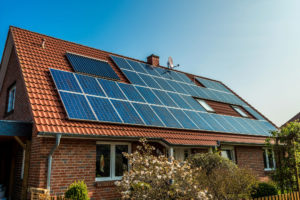
Roof Materials
Roof Size
Roof Availability
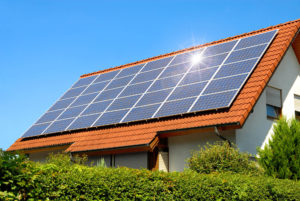
East-West vs. South Solar Placement
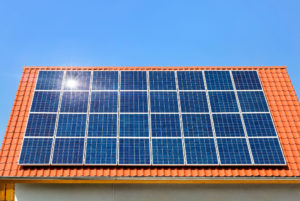
West Facing Solar Panels
The Best Solar Panel Direction
Case Study: Optimising Solar Panel Orientation for Maximum Energy Production
Background
Project Overview
Implementation
Results
Summary
Expert Insights From Our Solar Panel Installers About Which Direction Solar Panels Should Face
Discover the Power of Solar with Solar Panels Network
Wrapping Up
About the Author
June 30, 2025